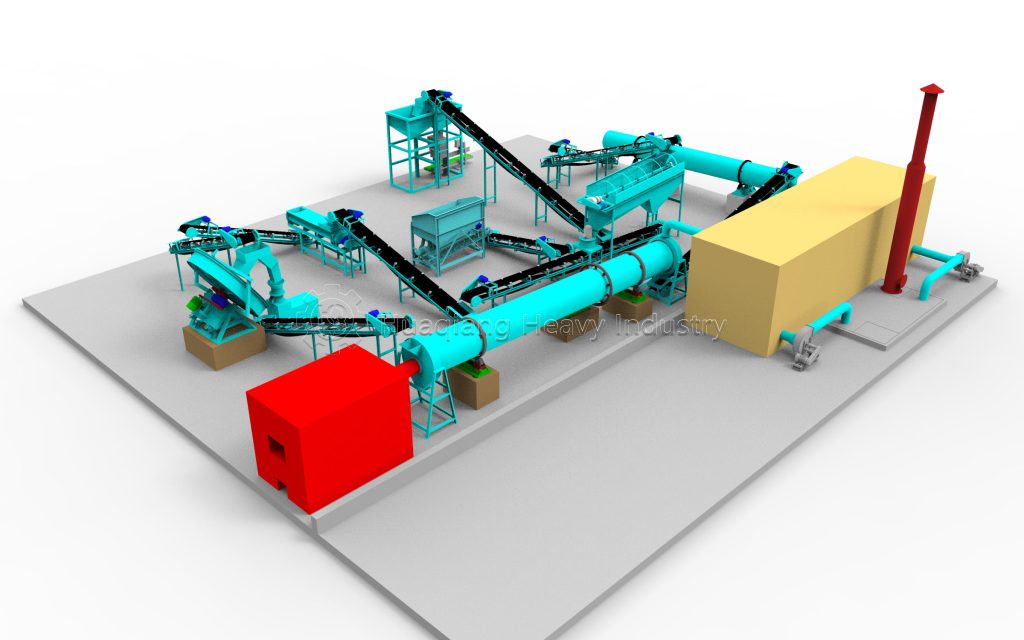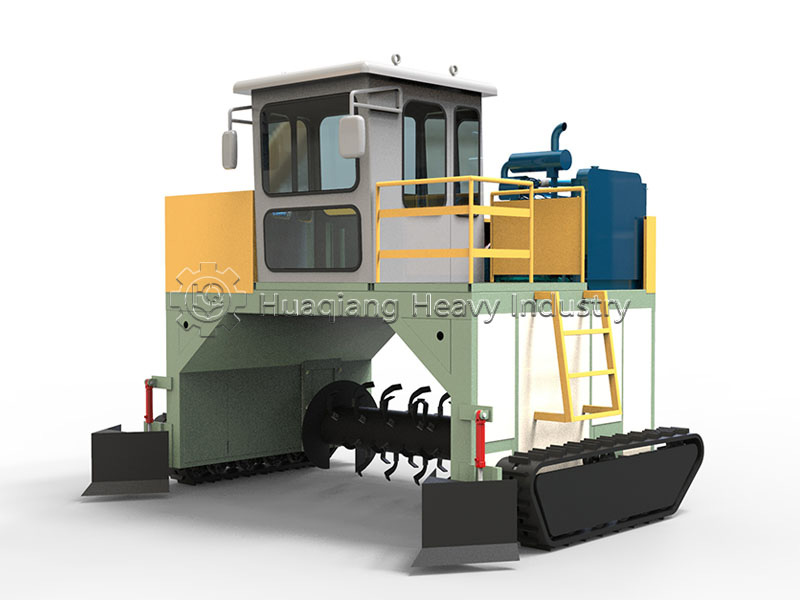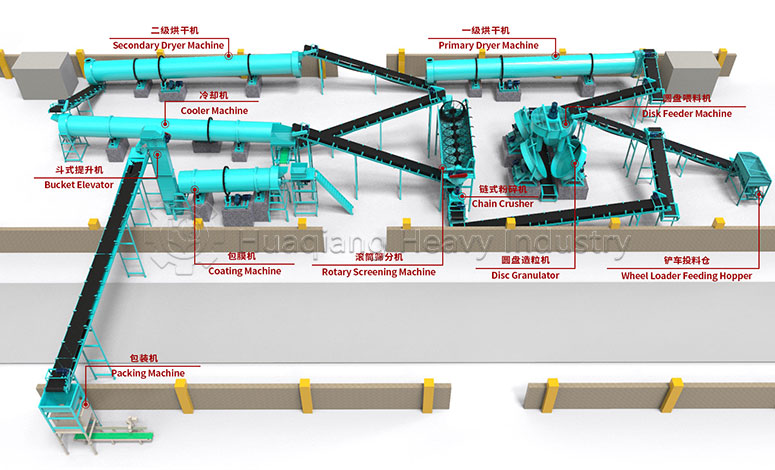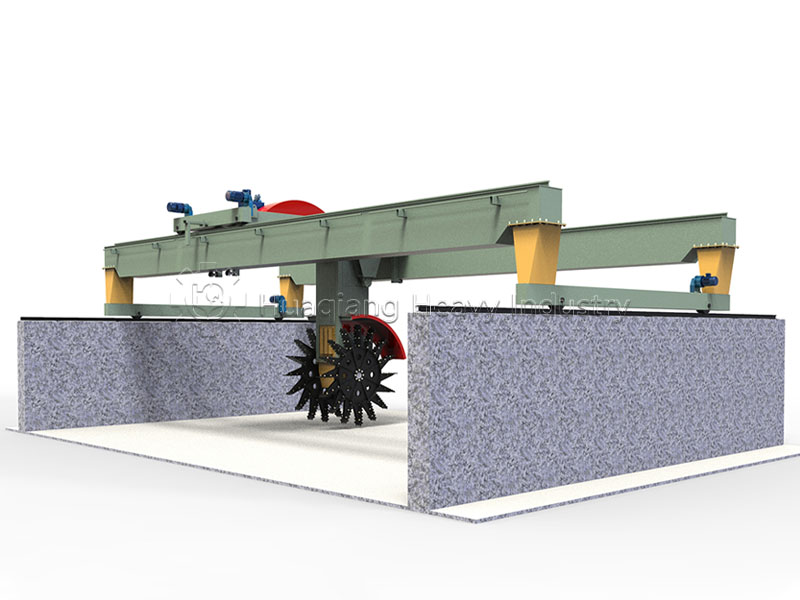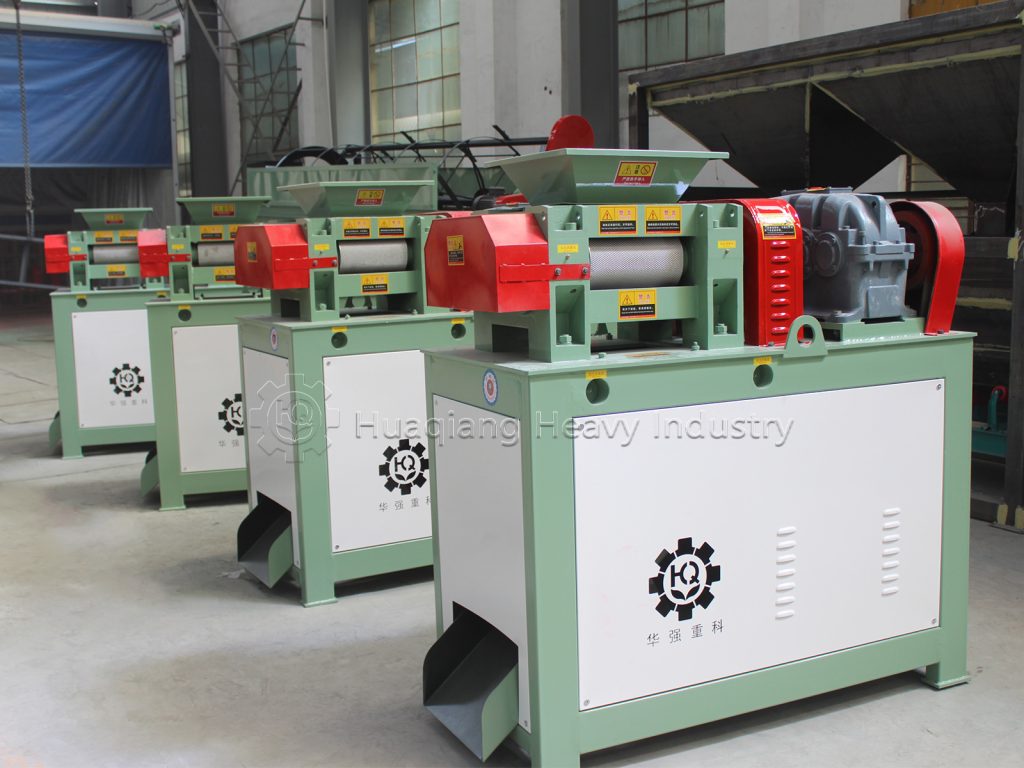When it comes to high-efficiency screening equipment, drum screener machines, with their outstanding performance advantages, play a vital role in material screening operations in various industries, including mining, building materials, chemicals, food, and agriculture. In fertilizer production, they are particularly crucial for ensuring material quality.
In terms of structural design, drum screener machines are built around the core requirement of “high-efficiency screening” and primarily consist of a drum body, a vibrating device, a drive unit, a support system, and a feed and discharge ports. The drum body’s screen mesh diameter can be customized to meet the screening standards of various industries, ensuring precise separation of materials of varying particle sizes. The vibrating device utilizes a scientifically designed vibration frequency to evenly distribute material within the drum, preventing localized accumulation that could affect screening performance. The drive unit provides stable and continuous rotational power to the drum, and together with the support system, ensures the equipment’s long-term operational stability.
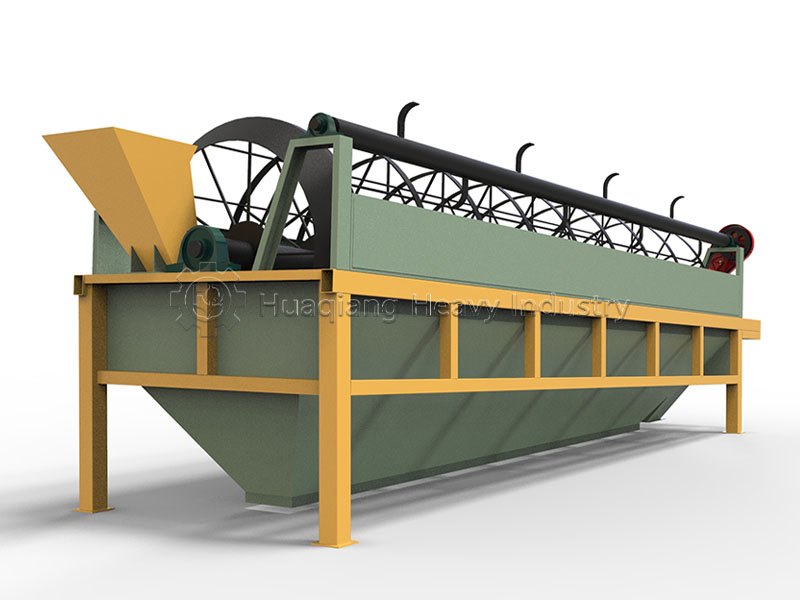
Its high efficiency is reflected in multiple dimensions. Not only does it rapidly separate materials, its processing capacity can accommodate production scales ranging from small workshops to large factories, but it also boasts strong environmental adaptability—maintaining stable screening efficiency for both dry ore particles and wet organic materials, and exhibiting high tolerance to moisture and viscosity.
Furthermore, the drum screener machine’s core components are constructed of wear-resistant materials, reducing wear over time, extending its service life, and lowering ongoing maintenance costs, making it an ideal choice for material screening across multiple industries.


